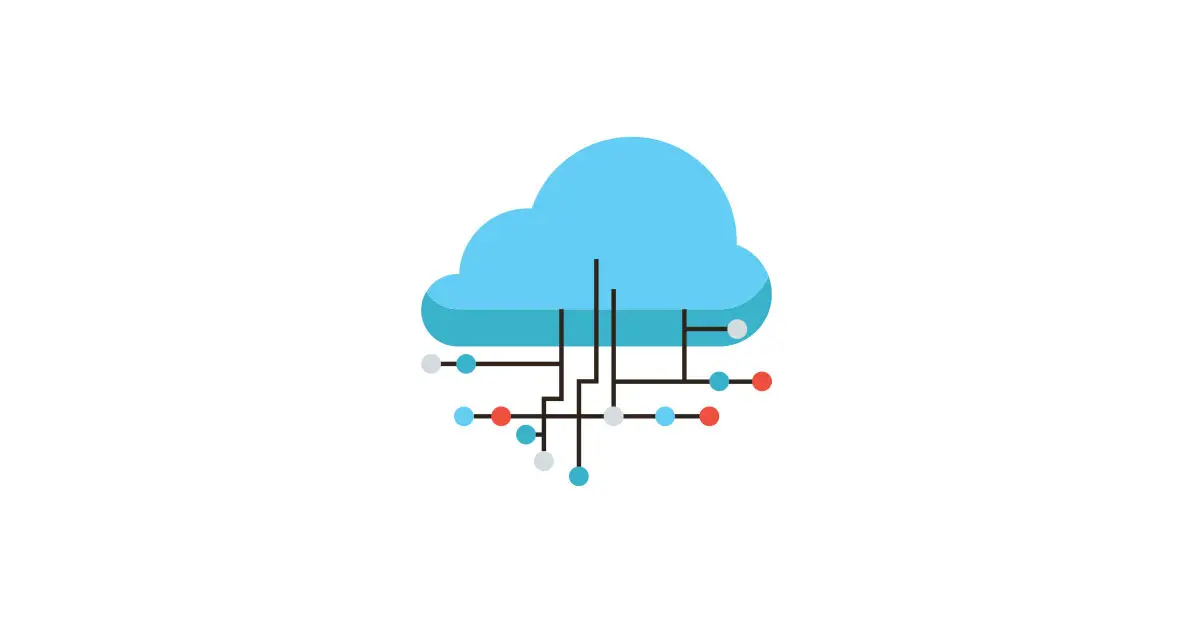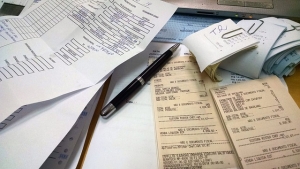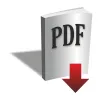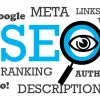Some of the biggest developing trends and updates in tax software relate to our ever-changing technological world and it’s pretty exciting to see how accounting is changing with developing technologies.
Given the scope of these changes, it’s tough to keep track of everything, but let’s try. Here’s a list of tax software trends and updates to watch for in the new year:
1. More Tax Software Moving to the Cloud
The cloud offers many advantages to processing and managing data. However, much of the accounting industry is a couple years behind when it comes to the cloud. Research shows that nearly four out of 10 accounting software users are in the cloud. This is very low considering all that you can do with the cloud these days.
For example, this is the first time in history where you can text a picture of a paycheck to the bank to have it deposited. So, why is tax software just now starting to move to the cloud?
The main problem has been the lack of options from in the cloud compared to local installations. Now, companies like Intuit are making moves to get more people to use the cloud for their taxes. This allows Intuit to charge users a monthly fee and ultimately make more money.
2. Optical Character Recognition: An Accountant’s Best Friend
During 2016, optical character recognition (OCR) has made great strides in tax software, making accountants’ jobs dramatically easier. OCR is the technology that scans handwriting or images into readable text.
For example, you can take a picture of your handwritten notes and have them made into an electronic document that you can share with others. This has been a big game changer for accountants. This technology is going to be a great CPA resource in the years to come, especially for the more tech-savvy accountants.
It’s a pain trying to decipher sloppy handwriting, and thanks to OCR, receipts can be uploaded right into an online accounting platform where the relevant information can be easily received. OCR has made great progress during 2016, and there is plenty of room for improvement. Some of the software companies in the accounting space currently utilizing this technology are Receipt Bank, Expensify, and Hubdoc. Thank you OCR for ending the nightmare of hand-entered receipts!
3. More Components to Tax Software
2016 was the year of tightening things up in the accounting world. Payroll was kind of over there, invoicing was a bit off to the left, and credit cards trickled in halfway through the month. Now, tax software is integrating more components of the financial ecosystem into the basic accounting packages, including third-party systems. These updates will use the power of OCR and the cloud to keep you invested in the tax software you use – more money can be saved by giving accountants access to these tools.
4. Online Services Trending for All
The biggest competitor in the accounting software industry is personal tax software, such as TurboTax or Quicken. In 2014, more than 50 million people used these types of tax software to file their federal tax returns themselves.
Now, tax preparers are making their own online services to keep up with the big-name tax software companies. This allows you to fill out web forms that accountants file electronically. This combines paying an accountant to file taxes while computing taxes at home. This trend is expected to continue to grow over the next few years.
MoneyThumb saves you time with financial file converters that automate your small business and personal finance file conversion tasks. Convert scanned and image based .pdf bank statements straight into QuickBooks with pro products like 2qbo Convert Pro+ and pdf2qbo Convert+, or choose among our wide range of other converters designed especially for the small business or personal accounting application that you use.




















Add comment